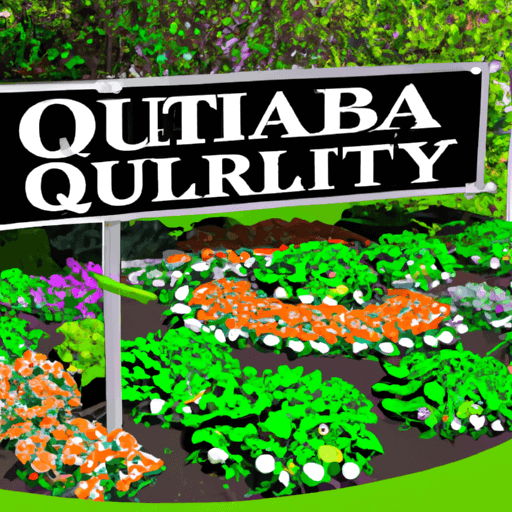How to Create a Sustainable Garden
Creating a sustainable garden is a great way to reduce your environmental footprint, conserve resources, and enjoy the beauty of nature. Whether you’re a beginner gardener or an experienced horticulturist, this article will explore how to plan and design a sustainable garden that is both good for the environment and aesthetically pleasing. You’ll learn how to select and care for plants that are adapted to your local climate so that your garden will thrive and be low-maintenance for years to come.
Planning Your Garden
The first step in creating a sustainable garden is to plan it out. You’ll want to consider the size, shape, and location of the garden, as well as the types of plants that you’d like to include. Make sure to research the best plants for your local climate, as this will help you create a garden that’s easier to maintain and more likely to thrive.
Selecting and Caring for Plants
When selecting plants for your garden, it’s important to choose varieties that are native or adapted to the climate. Native plants are more likely to survive without additional watering, fertilizing, or pest control. Additionally, native plants are often better at supporting the local ecosystem, and can help attract beneficial insects and wildlife. When caring for your plants, try to minimize the use of chemical fertilizers and pesticides, and use natural methods to manage pests and diseases.
Design Considerations
When designing your garden, consider incorporating elements that will help conserve resources. Choose plants that require minimal irrigation, such as drought-tolerant varieties. If possible, use mulch to retain moisture and reduce the need for frequent watering. Additionally, consider adding a rain barrel or cistern to collect rainwater for use in the garden.
Conclusion
Creating a sustainable garden is a great way to reduce your environmental footprint, conserve resources, and enjoy the beauty of nature. By selecting plants adapted to your local climate and incorporating design elements that help conserve resources, you can create a garden that will thrive and be low-maintenance for years to come.


















Comments
Leave a Comment